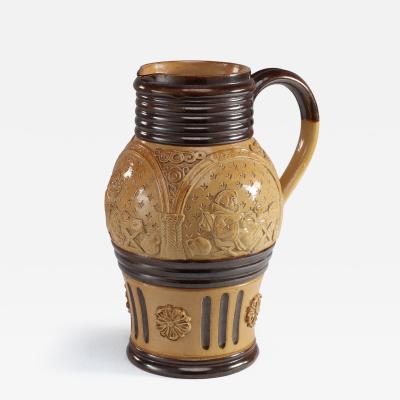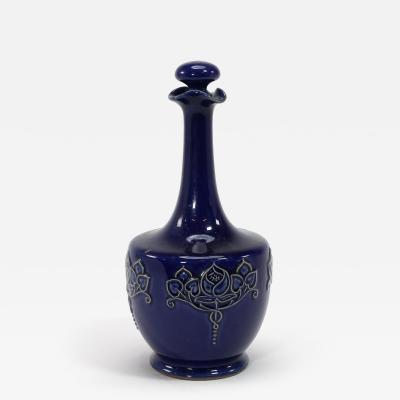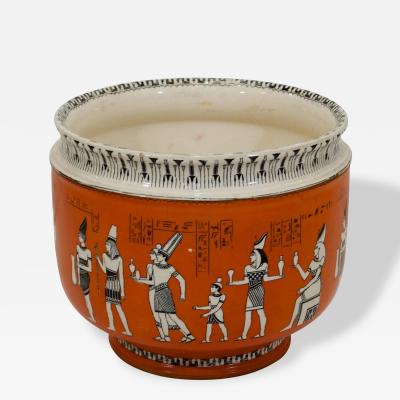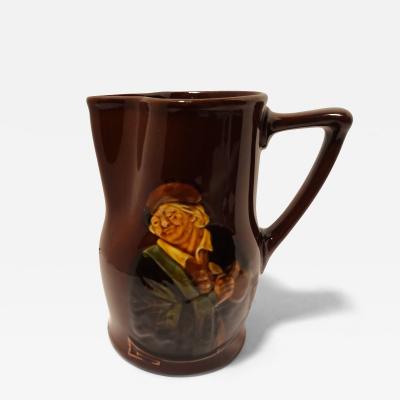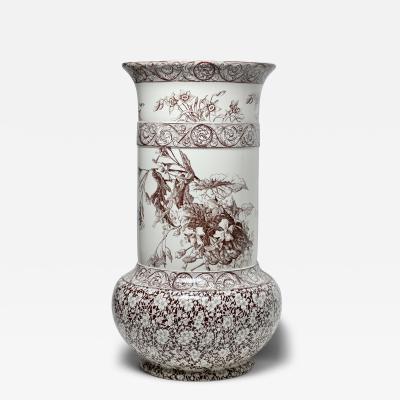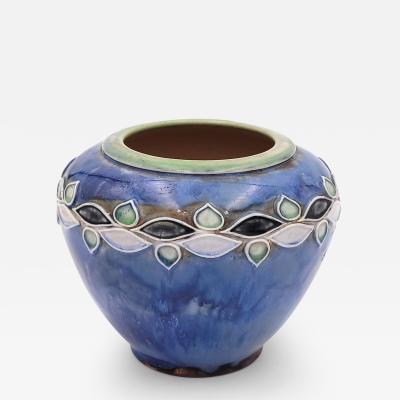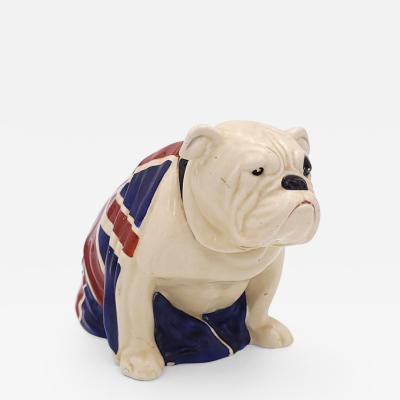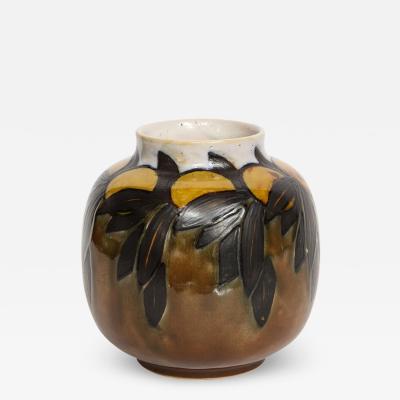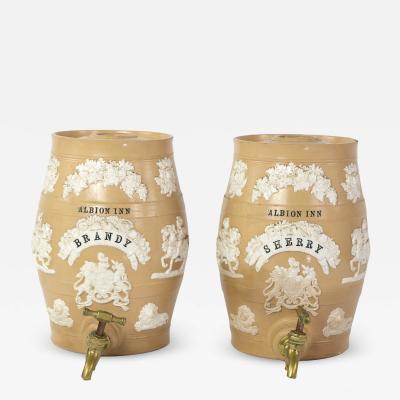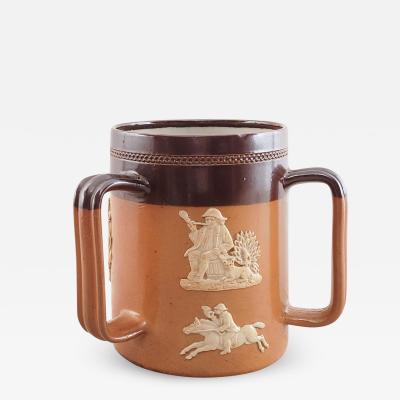Royal Doulton
British
Founded in 1815, Royal Doulton, an English ceramic and home accessories manufacturer, initially operated in Vauxhall, London, before moving to Lambeth. In 1882, it established a factory in Burslem, Stoke-on-Trent, at the heart of English pottery. Initially focusing on utilitarian wares like stoneware, such as storage jars and tankards, Royal Doulton expanded its repertoire to include decorative items, drain pipes, lavatories, and technical ceramics.
Transitioning to decorative wares in the mid-19th century, Royal Doulton gained renown for its art pottery, particularly through its Lambeth studio. Notably, it embraced various stoneware and earthenware bodies, introducing innovative techniques like "Lambeth faience" and "Impasto." The company collaborated with artists from the nearby Lambeth School of Art, producing unique, artist-signed pieces.
In 1882, Royal Doulton acquired a Burslem factory, focusing on bone china tableware and decorative items, competing with established firms like Royal Crown Derby and Wedgwood. Over time, the company diversified its products to include figurines, cookware, glassware, and home accessories.
Royal Doulton underwent structural changes, including mergers and acquisitions, to adapt to market shifts in the 20th century. It received a royal warrant in 1901, leading to the adoption of the name Royal Doulton. Despite facing challenges, such as factory closures due to environmental regulations, the company continued to innovate, expanding its product range and global reach.
In 2009, Royal Doulton became part of WWRD Holdings Limited, later acquired by Fiskars Corporation in 2015, marking a new chapter in its corporate history. Today, Royal Doulton remains a symbol of British craftsmanship and heritage in the world of ceramics and home accessories.
Transitioning to decorative wares in the mid-19th century, Royal Doulton gained renown for its art pottery, particularly through its Lambeth studio. Notably, it embraced various stoneware and earthenware bodies, introducing innovative techniques like "Lambeth faience" and "Impasto." The company collaborated with artists from the nearby Lambeth School of Art, producing unique, artist-signed pieces.
In 1882, Royal Doulton acquired a Burslem factory, focusing on bone china tableware and decorative items, competing with established firms like Royal Crown Derby and Wedgwood. Over time, the company diversified its products to include figurines, cookware, glassware, and home accessories.
Royal Doulton underwent structural changes, including mergers and acquisitions, to adapt to market shifts in the 20th century. It received a royal warrant in 1901, leading to the adoption of the name Royal Doulton. Despite facing challenges, such as factory closures due to environmental regulations, the company continued to innovate, expanding its product range and global reach.
In 2009, Royal Doulton became part of WWRD Holdings Limited, later acquired by Fiskars Corporation in 2015, marking a new chapter in its corporate history. Today, Royal Doulton remains a symbol of British craftsmanship and heritage in the world of ceramics and home accessories.
Royal Doulton
Royal Doulton Lambeth Gothic Revival a Comical Jug with Scenes of a Drunk Monk
H 8 in W 4 in D 4 in
$ 572
Royal Doulton
Royal Doulton. An Arts & Crafts Beefeater Gin Advertising Decanter & Stopper
H 10 in W 5 in D 5 in
$ 356
Royal Doulton
Royal Doulton. A Perfect Pair of Jardinieres on Matching Stands
H 27 in W 10 in D 10 in
$ 2,794
Royal Doulton
Modern Maison Jensen Rams Head & Hoof Fool Oval Coffee Table
H 27 in W 8 in D 8 in
$ 895
Royal Doulton
Royal Doulton Egyptian Revival Porcelain Jardinière
H 8 in DIA 10 in
$ 2,150
Access Trade Price
Royal Doulton
Royal Doulton Kingsware Jug with Pipe-Smoker and a Witticism
H 6 in W 5 in D 4 in
$ 525
Access Trade Price
Royal Doulton
Royal Doulton Kingsware Jug with Pub Drinker and Saying
H 7 in W 6 in D 4 in
$ 545
Access Trade Price
Royal Doulton
Royal Doulton Kingsware Huntsman and Foxhounds Loving Cup
H 6 in W 7 in D 5 in
$ 685
Access Trade Price
Royal Doulton
Royal Doulton Burslem Japonisme Style Ceramic Umbrella Stand, 1890, England
H 24.02 in DIA 13.39 in
$ 850
